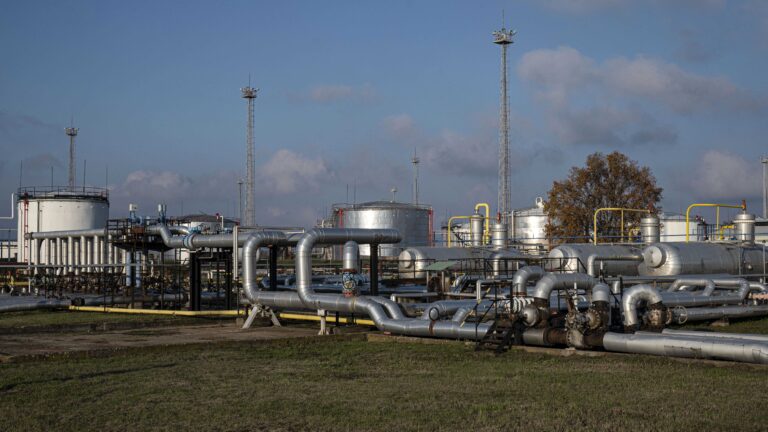In the comprehensive regional assessment released by Moody’s Investors Service in London on Tuesday, 9 January, Central and Eastern European economies embark on the year 2024 with a stable sovereign credit outlook.
According to the ten-page study by the international credit rating agency, the stable outlook is supported by the region’s robust expected macroeconomic performance. Additionally, the economies of the countries in the region have been relatively resilient to the European energy supply crisis, and their finances have not weakened.
Moody’s maintains Hungary’s credit rating at investment grade, with a ‘BAA2’ level, and its outlook remains stable.
The economic and social impacts stemming from the energy supply crisis, for which Moody’s had a negative outlook for the entire region last year, have been less severe than initially anticipated. The risk of natural gas supply shortages is expected to decrease further in the coming years due to high reservoir levels, expanded supply sources, infrastructure investments, and demand-side adjustments, as outlined in the credit rating analysis.
Moody’s anticipates that strengthening domestic demand resulting from European Union disbursements and the growth of main trading partner economies will support Central and Eastern European economies. In this environment, the agency forecasts an average economic growth of 2.5 per cent in the region this year, following the 0.5 per cent regional average growth estimated for the previous year. For the period from 2024 to 2027, Moody’s projection anticipates an annual average economic growth of 2.8 per cent in the region.
The credit rating agency foresees that, due to a tight fiscal stance and gradual budgetary consolidation, the average budget deficit of Central and Eastern European economies will decrease to 3.8 per cent of Gross Domestic Product (GDP) in 2024 from the 4.7 per cent recorded in the previous year.
The average GDP-to-debt ratio of countries in the region is expected to moderately increase from 51.3 per cent in 2023 to 52.3 per cent in 2024. However, within the average, Hungary and Croatia are projected to decrease it by 2–3 percentage points, continuing on a downward trajectory, according to Moody’s regional forecast presented on Tuesday.
The credit rating agency stated that it expects Hungary to ultimately gain access to the majority of EU financing through a ‘noisy, step-by-step process.’
According to a joint survey by Moody’s and the European Commission, Hungary has the highest public support for the euro, around 65 per cent, among EU economies outside the Eurozone. Following Croatia, Hungary also has the second-highest trust, approximately 55 per cent, in European Union institutions, including the European Parliament, the European Commission, and the Eurozone central bank.
Moody’s predicts that the annual inflation rate in Central and Eastern European economies will experience a steep deceleration to 4.8 per cent in 2024 from the regional average of 11.2 per cent in the previous year. The credit rating agency attributes this primarily to base rate increase effects starting to affect energy and food prices, as well as the limited ability of the corporate sector to pass on its costs in pricing.
Related articles:
Source: Hungarian Conservative/Moody's/MTI








